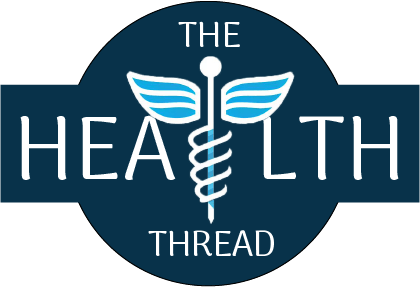Men’s health issues have gained increasing attention in recent years, with more research focused on conditions that disproportionately affect men. Prostate cancer, erectile dysfunction, and male pattern baldness are among the most common men’s health issues. In this article, we will discuss the causes, symptoms, and treatments for these conditions, as well as recent research findings related to men’s health.
Prostate Cancer
Prostate cancer is the most common cancer in men, with over 191,000 new cases diagnosed in the United States each year. The prostate is a small gland located near the bladder and is responsible for producing seminal fluid.
Causes: The exact cause of prostate cancer is unknown, but age, family history, and race are all risk factors. Men over the age of 50 are at an increased risk for developing prostate cancer, and African American men have a higher incidence rate compared to men of other races.
Symptoms: Early stage prostate cancer may not produce any symptoms. As the cancer grows, common symptoms can include difficulty urinating, frequent urination, and blood in the urine.
Treatment: Treatment options for prostate cancer include surgery, radiation therapy, chemotherapy, and hormone therapy. The best course of treatment will depend on the stage and severity of the cancer.
Erectile Dysfunction
Erectile dysfunction (ED) is a common condition that affects men of all ages. ED is defined as the inability to achieve or maintain an erection sufficient for sexual intercourse.
Causes: The causes of ED can vary, but common risk factors include age, diabetes, high blood pressure, and cardiovascular disease. Lifestyle factors such as smoking and excessive alcohol consumption can also increase the risk of ED.
Symptoms: The primary symptom of ED is the inability to achieve or maintain an erection. Other symptoms may include decreased sexual desire or difficulty achieving orgasm.
Treatment: Treatment options for ED include oral medications, such as sildenafil (Viagra), tadalafil (Cialis), and vardenafil (Levitra), as well as vacuum devices and penile injections. In severe cases, surgery may be recommended.
Male Pattern Baldness
Male pattern baldness is a common condition that affects up to 70% of men by the age of 70. It is characterized by hair loss on the top of the head and a receding hairline.
Causes: The exact cause of male pattern baldness is unknown, but genetics and hormones are thought to play a role. Testosterone, the primary male hormone, is converted into dihydrotestosterone (DHT), which can cause hair follicles to shrink and eventually stop producing hair.
Symptoms: The primary symptom of male pattern baldness is hair loss on the top of the head and a receding hairline.
Treatment: Treatment options for male pattern baldness include medications such as minoxidil (Rogaine) and finasteride (Propecia), as well as hair transplant surgery. Lifestyle changes such as reducing stress and improving diet and exercise habits may also help to prevent or slow down hair loss.
Recent Research Findings
Recent research has provided valuable insights into the causes and treatments of common men’s health issues. Some of the recent findings related to these conditions include:
Exercise may lower the risk of prostate cancer – According to a study published in the Journal of Urology, regular exercise may help to lower the risk of developing prostate cancer.
Cognitive behavioral therapy may help treat ED – According to a study published in the Journal of Sexual Medicine, cognitive behavioral therapy may be an effective treatment for ED in men who do not respond to medication.
Platelet-rich plasma therapy may help treat male pattern baldness – According to a study published in the Journal of Cutaneous and Aesthetic Surgery, platelet-rich plasma therapy may be an effective treatment for male pattern baldness by promoting hair growth nd thickening existing hair.
New targeted therapies for prostate cancer – Recent research has led to the development of new targeted therapies for prostate cancer, including immunotherapy and gene therapy, which show promising results in clinical trials.
Advanced imaging techniques for prostate cancer diagnosis – Advanced imaging techniques such as multiparametric magnetic resonance imaging (mpMRI) and positron emission tomography (PET) scans are being used to improve the accuracy of prostate cancer diagnosis and guide treatment decisions.
In conclusion, men’s health issues such as prostate cancer, erectile dysfunction, and male pattern baldness are common conditions that can significantly impact a man’s quality of life. While there is still much to be learned about the causes and treatments of these conditions, recent research has provided valuable insights that may help to improve diagnosis, treatment, and prevention. By staying informed and taking proactive steps to maintain good health, men can reduce their risk of developing these conditions and ensure a healthy and happy life.



